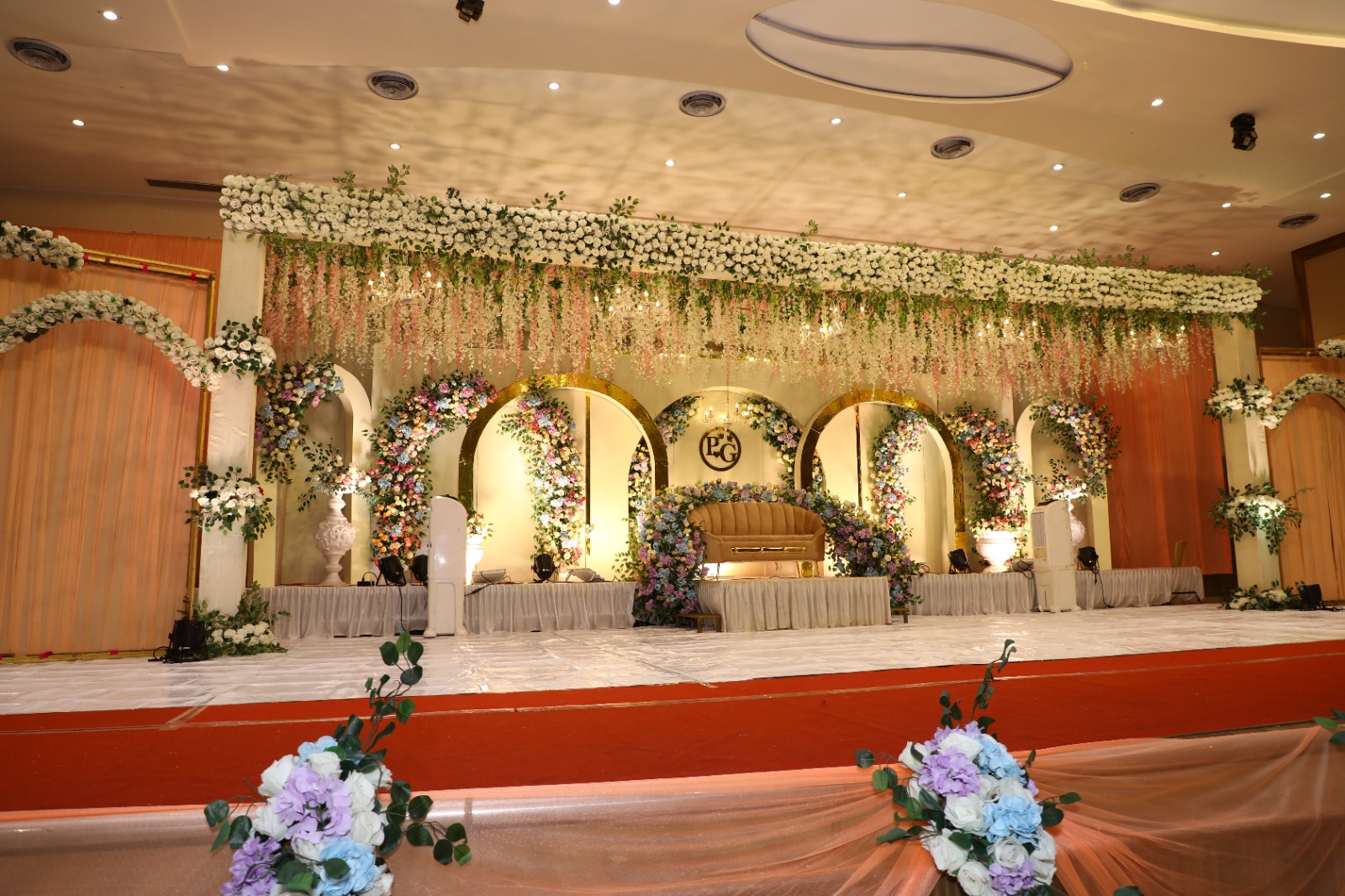Event planning is a meticulous process that requires careful attention to detail, creativity, and a solid understanding of what makes an event memorable. Whether you’re organizing a corporate conference, a wedding, or a product launch, the ultimate goal is always to create a seamless experience for your guests. A seamless event not only leaves a lasting impression but also ensures that everything flows effortlessly, from start to finish. As an event manager, your role is crucial in bringing all the elements together in harmony. Here are some essential tips to help you create a flawless and memorable event.
1. Start with a Clear Vision and Plan
The first step to a seamless event experience is to have a clear vision of what you want to achieve. Understanding the event’s objectives—whether it’s networking, celebration, or education—will guide all your decisions, from the venue to the design and schedule. Take the time to outline the event’s purpose and key goals with your client or stakeholders. Once this is established, you can begin to plan the finer details.
A detailed event plan is your roadmap. Break the event down into phases, such as pre-event, event day, and post-event. Include timelines, budgets, vendor lists, and a task checklist. Planning ahead reduces the risk of last-minute surprises and ensures that all aspects are covered.
2. Choose the Right Venue
The venue sets the tone for the entire event, so it’s essential to choose one that matches the event’s theme and accommodates all your logistical needs. Think about the size of the venue, the ambiance, and its location in relation to where most guests are traveling from. For a seamless experience, make sure the venue has appropriate facilities, such as sound systems, lighting, and Wi-Fi, and that it aligns with your vision.
Also, work with the venue’s staff to understand their capabilities and policies. Having open communication with the venue’s team ensures they can help you implement your vision smoothly and address any issues that may arise during the event.
3. Streamline Communication with Your Team and Vendors
Clear, consistent communication is the backbone of any successful event. As the event manager, you are the point of contact for everyone involved, from the venue staff and caterers to the entertainers and technology team. Set up regular check-ins with all your vendors to ensure everyone is on the same page. Using a centralized communication platform, such as project management software or group messaging, helps track progress, tasks, and updates.
Additionally, ensure your team knows their specific roles on the day of the event. Assign responsibilities and create a detailed timeline for when each task should be completed. Having a cohesive team that understands their role in the bigger picture contributes to a smooth experience for everyone.
4. Embrace Technology for Efficiency
Technology can be a powerful tool in making your event seamless. Event management software can help you track guest lists, manage schedules, and monitor vendor contracts, all in one place. Mobile apps can enhance the guest experience, from personalized agendas and event maps to real-time updates.
During the event, technology like live streaming, virtual participation, and interactive displays can engage your audience and elevate the experience. Technology also streamlines logistical tasks, such as check-in processes, which can reduce wait times and create a smooth, professional atmosphere for attendees.
5. Create a Detailed Run-of-Show
A run-of-show is an essential document for the day of the event, outlining each minute of the schedule. It ensures everything runs on time and that everyone involved knows exactly where they need to be and when. Include key details such as arrival times for vendors, when the speeches will start, and when each activity is scheduled.
Share the run-of-show with all team members and vendors ahead of time so they can prepare accordingly. This allows everyone to stay on track and address any potential issues before they escalate. Always have a buffer built into the schedule to account for any delays or unexpected situations.
6. Focus on the Guest Experience
Creating a seamless event experience goes beyond logistics; it’s about making your guests feel comfortable, engaged, and valued. Pay attention to details like signage, guest registration, and accessibility. Consider the flow of the venue and how guests will move between spaces. Is there clear guidance on where to go? Are there enough seating options? These small touches add up to create an effortless experience for your attendees.
Also, be proactive in addressing potential issues before guests have the chance to notice them. This could include ensuring food allergies are accommodated, having sufficient staff available for assistance, or offering a clear plan in case of emergencies.
7. Prepare for the Unexpected
Even with meticulous planning, unexpected issues can arise. As event planners in India, it’s crucial to stay calm and composed in the face of challenges. Always have contingency plans in place for common problems like equipment malfunctions or bad weather. Ensure that you have backup vendors and resources ready to step in if needed.
During the event, be prepared to make quick decisions to keep things on track. Having a problem-solving mindset will help you maintain the flow of the event and ensure that guests continue to have a seamless experience.
Conclusion
Creating a seamless event experience is a delicate balance of planning, communication, and adaptability. By starting with a clear vision, choosing the right venue, using technology, and focusing on the guest experience, you can ensure that everything comes together smoothly. No matter the size or complexity of the event, the goal is to provide a memorable, stress-free experience for all involved. With these tips in mind, you’ll be well on your way to mastering the art of seamless event management.

